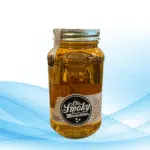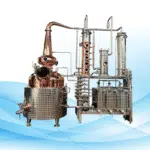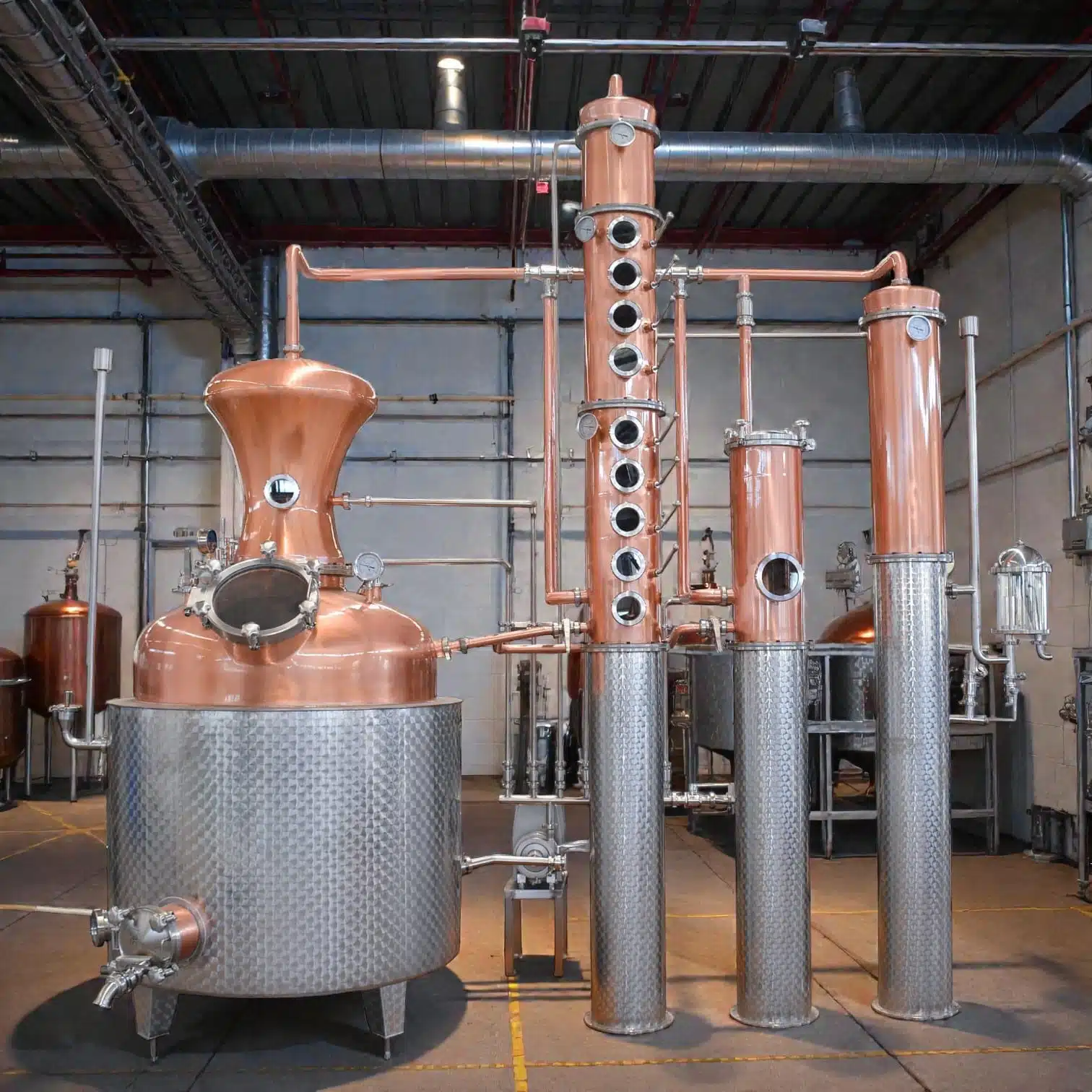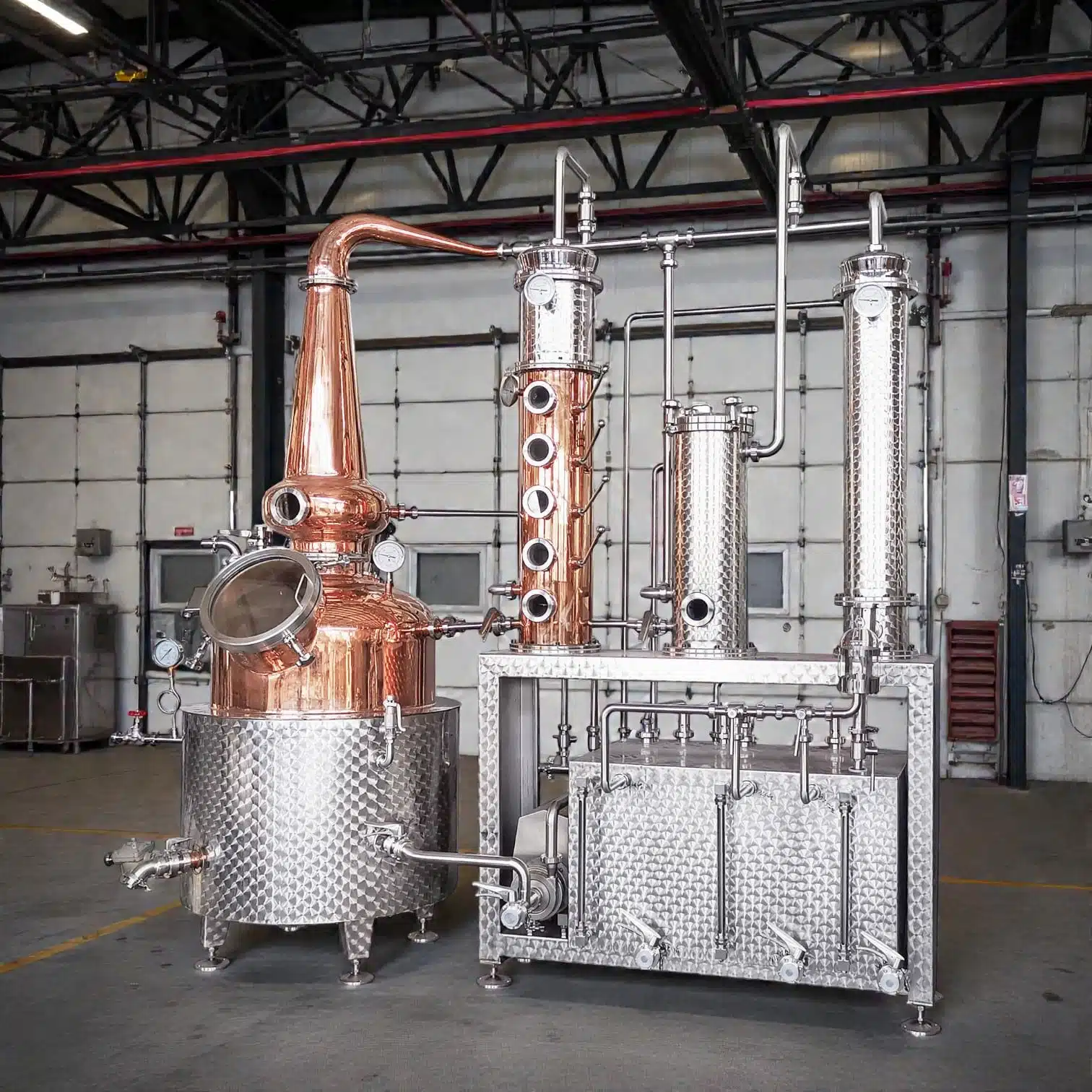For many, the idea of making moonshine at home is very attractive, especially to those who are interested in playing with the traditional methods of making the liquor. The normal course of action is to use a still, but this does not mean that one cannot produce a still-less version of the drink at all. In this article, you will find a step-by-step guide on how to make moonshine without a still by utilizing common ingredients and kitchen utensils which one most likely already has in their house.

Step 1: Getting the fundamental information down first
It is important to know how much of the moonshine production process is before embarking on it. The first rule in making moonshine is to think of corn as a raw material. There are three most important steps in the production of moonshine. Most people are wondering what alcohol content they will reach and how pure their drink will be if they do not have a still. Despite this, lots of people are making perfect and strong drinks.
Step 2: Gather Your Ingredients and Equipment
Ingredients:
- 10–15 Pounds of cornmeal (or other grains like wheat or barley)
- 5–7 gallons of water
- 5 Pounds of sugar
- 1–2 packets of yeast (distiller’s yeast is preferred)
Equipment:
- A fermentation vessel that is large enough (for example, a food-grade plastic bucket)
- A spoon for stirring
- A mesh strainer or fine cheesecloth
- A number of glass bottles or jars for storage
Step 3: Prepare the Mash
The mash is described as the composition of grains or a mixture of grain, sugar, and water that will undergo fermentation to give rise to alcohol. This is how to make the mash:
Bring 5–7 gallons of water to a boil in a big pot: Boil water of approximately 5-7 gallons in a large pot. When the water is boiling, add cornmeal (or other grains) slowly while stirring to keep these from clumps forming.
Add sugar: This happens after the necessary amount of grains is fully mixed into the pot of boiling water. The sugar is carefully spooned into the pot and stirred to dissolve.
Allow the mixture to cool: The mixture is then allowed to reach room temperature. This is normal practice because adding yeast to a hot mixture tends to kill or deactivate the yeast, thus fermentation doesn’t take place.
Add yeast: Once the mash is no longer hot, the yeast is sprinkled over the top of the mash and then the mash is whipped so that the yeast mixes evenly into the mash.
Step 4: Mash is fermented.
In the course of fermentation, the sugar in the wort is transformed into alcohol by the yeast. The time taken for this phase can be a week or a couple of weeks depending on the temperature and circumstances.
Transfer into Fermentation Container: Take your mash and pour it into the fermentation containers, leaving enough volume for it to grow and form bubbles during fermentation.
Cool and Cover: Some muslin or cloth has to be placed over the container or some kind of lid (not completely airtight) that allows the gas to escape. The balmy temperatures of the container should be in the dark, cool, shadowy areas, generally 65-75 Fahrenheit degrees (18-24 Celsius degrees).
Handle the Process: The mash has to be checked every day. Bubbling is easily obtainable after several days and indicates that active fermentation is taking place. When the bubbles stop, the fermentation is over.
Step 5: Alcohol is Separated and Stored.
After fermentation is completed, you now need to remove the liquid part as well as the solid grains.
Mesh the Mash: Have a fine-meshed strainer, not straining the peas very much till the liquid is defined and transformed into a clean container free of any solid material. The liquid is your crude moonshine whiskey.
Bottling: Collect the liquid in glass containers or jars and cork them tightly before storing them in a cool and dark place.
Step 6: Relishing An Individual Moonshine
Well, enjoy your moonshine, as you have successfully completed the making process! You should remember though that this one is the homemade version that must be much weaker and of lesser quality than the conventional moonshine produced from a still, but it is still worth an adventure and fun.
Safety Tips
Exercise Caution with Consumption: Due to the homemade nature of the beverage, the strength of the moonshine is not known. But make sure to take lesser amounts, as you could be in for a surprise.
Legal Restrictions: Home distilling, even without the use of a still, is illegal in most nations. Always ensure to adhere to the laws of your area before making moonshine in the house.
Conclusion

Making traditional moonshine at home has proven not only fun but also educational as it gives insight into the procedure of making your beer. The final product may not be as sophisticated as commercial alcoholic beverages, but it gives satisfaction and shares a tradition. Nevertheless, safety and legality are key in any home brewing projects.
By applying this advanced guide and acquiring better use of factual knowledge, it is possible to make good moonshine without the use of a still.
















